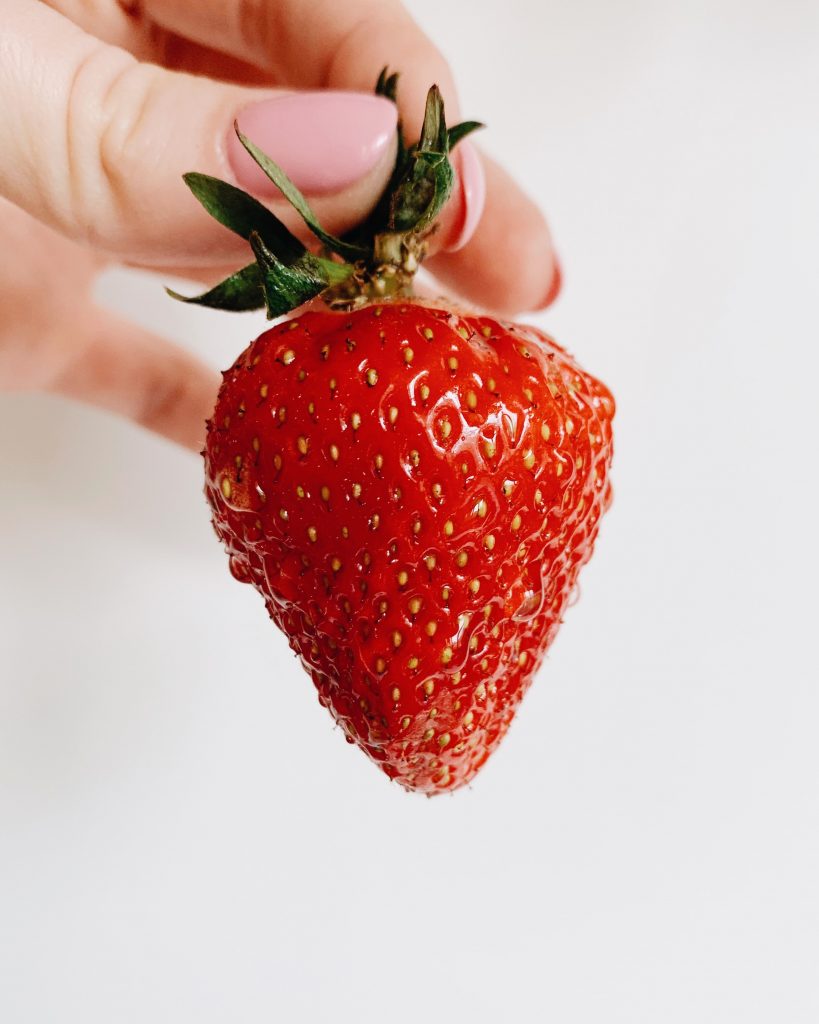Read time : min
The importance of a healthy lifestyle
Our lifestyle determines our well-being and we are all always running behind the lifestyle of fitness. Although hectic lifestyles are known to be a greater threat to healthier lifestyles, sedentary lifestyles are more detrimental. Therefore, we need a balance between health and peace of mind. Ayurveda can be tagged as the purest form of health, and an Ayurveda lifestyle is the key to good health.

The two wheels running a balanced and healthy Ayurvedic lifestyle cart are 'Dincharya' and 'Hrutucharya'.
Check out Amrutam Ayurveda Lifestyle - Introductory Kit
Dincharya (Daily Lifestyle)
Dincharya points to the events one performs in the whole day.
Brahmamuhurta
'Dincharya' begins with waking up at 'Brahmamuhurta'. Brahmamuhurta is 96 minutes before sunrise. The significance of Brahmamuhurta dates back to the ancient sciences and it is believed to be the best time of the day for meditation, pranayama, and knowledge grasping. One also inhales 'pranvayu' which is pure oxygen which improves the formation of oxyhemoglobin in the blood to ensure the tissues have sufficient oxygen supply.

Dantdhawan
Ayurveda gives 'Dantdhawan' a lot of value, close to the recent lifestyle that gives meaning to brushing. While ancient science has discussed brushing with medicinal plant branches like neem, it is not practical or feasible in daily lifestyles. Ayurvedic toothpaste that contains extracts from medicinal plants and herbs can be used.


Anjan
'Anjan' means the application of kajal to the eyes. One must also include Eye exercises.
Gandush
Gandush is gargling with water or oil containing ayurvedic herbs and it is beneficial for the good health of the oral cavity.
Nasya
'Nasya' is a nose-caring operation. It is a process of placing drops of medicinal herbal liquid extracts in the nose.
Abhyanga and Udvarta
'Abhyanga and Udvarta' are practiced before bathing. It involves massaging the body with herbal oils and applying the whole body with a fine powder formed by crushing Ayurvedic herbs such as sandalwood, khas, manjistha, haridra and neelkamal. It helps in minimizing far and gives a natural glow to the skin. Amrutam's Poshak Key Massage Oil is the perfect blend for a soothing Abhyanga Kriya!
Vyayam and Mardaan
'Vyayam' and 'Mardaan' are also practiced before bathing . This includes exercising and massaging the body.

Snhaan
Then 'Snhaan,' which is bathing, arrives. If the water used for the bath contains extracts from Ayurvedic medicinal plants, it may be beneficial. It gives the bathing water anti-bacterial characteristics. Ayurvedic literature also does not allow baths after lunch. One should always take a bath before lunch.
Bhojan
'Bhojan,' which is lunch, is the next lifestyle practice.
To ensure adequate sleep, the day ends with dozing off once the sun sets.
Hrutucharya (Seasonal lifestyle)
'Hrutucharya' is the next wheel that determines the lifestyle according to the seasons. Ayurveda categorizes the year into six seasons.
Here's what our Amrutam.Global Experts have to say about leading the Ayurvedic life!

Hrutu Vasant
It runs between the middle of February and the middle of April. It's the 'Kaafha Prakop' season. (Kapha is one of the doshas. Humans, according to their nature ,are categorized into three doshas that are kahpha, pitta and vaat in Ayurvedic science).
In this season, one is more prone to respiratory tract disorders like asthma, influenza, rhinitis, etc. The dietary changes of this season include:
- As they help to minimise 'Kaphadosh', cereals should be included on a significant basis.
- Reduction in rice, sweets, oils, and ghee intake.
- It is possible to include in the diet chilli, ginger , cinnamon and garlic.
- It is best to avoid seafood.
The diet should be taken within the correct limits and overeating should be avoided.

Hrutu Grishma
It lies between the months of mid-April and mid-June. This season is the accumulation of 'Vaatdosh' in the body which stands as the reason for decrease in appetite in this season.
The dietary modifications include:
- As it is very beneficial in this season, onion is the most significant dietary element that must be included.
- The diet can include sweet , sour and salty foods.
- The consumption of spices and cereals is not beneficial .
- Increased consumption of liquids is helpful.
- There must be cumin and coriander included. The diet can also include juicy and sour fruits.
A change in lifestyle can recommend an allowance for one to sleep during the day.


Hrutu Varsha
This ranges from the mid-June to mid-August months. This season observes 'Vaatdosh Prakop' and one is more vulnerable to symptoms and disorders connected to 'Vaatdosh.'
This season 's dietary modifications include:
- One must strictly avoid Curds.
- In this season, garlic is really helpful. As they assist in digestion, asofoetida, ginger, lemon, coriander and mint must be included.
- Heavy diets should be avoided and foods that are readily digestible should be included in dietary intake.
A change in lifestyle may indicate that in this season, one should avoid sleeping in the daytime.

Hrutu Sharad
This season ranges from mid-August to mid-October. 'Pitta Prakop' is observed in this season and diseases related to it are more common, such as piles, jaundice, etc. One will alter his / her diet accordingly:
- The consumption of sweets, dried fruits, oils and ghee must be increased.
- Foods must include greater amount of coconut.
- It is important to avoid sour, spicy and salty foods, even though Amla can be eaten.
Hrutu Hemant
This can be termed to be a good season. All doshas are at an equal stage and are healthy. It ranges from the middle of October to the middle of December. The appetite is strong, so it is possible to include heavy food items.
Dietary adjustments:
- Include both non-vegetarian and seafood types is possible.
- The diet should contain a good amount of butter, oil, ghee, dried fruits, sweets.
The body is in a state of wellness and hence one is advised to consume heavy breakfast. Exercising in this season is also very helpful.


Hrutu Shishir
This is the season which runs between mid-December and mid-February. There's well being in a healthy state since the balance of doshas is retained. Dietary alterations include:
- Bajra and butter are suitable for consumption in this season.
- Milk, oil and sweets in the diet can be improved.
- Sesame is useful for consumption.
- It is possible to consume all forms of non-vegetarian food.
- Exercising is suggested.
Lifestyle-related disorders are a growing concern and must be taken care of. Ayurveda and the Ayurvedic lifestyle are the secrets of well being. After all what better knowledge than the ancient sciences and what better answers than the ancient secrets. Like rightly said by VL Allinear - "When it comes to eating right and exercising, there is no 'I'll start tomorrow'. Tomorrow is a disease." Start your healthy Ayurvedic life today!











